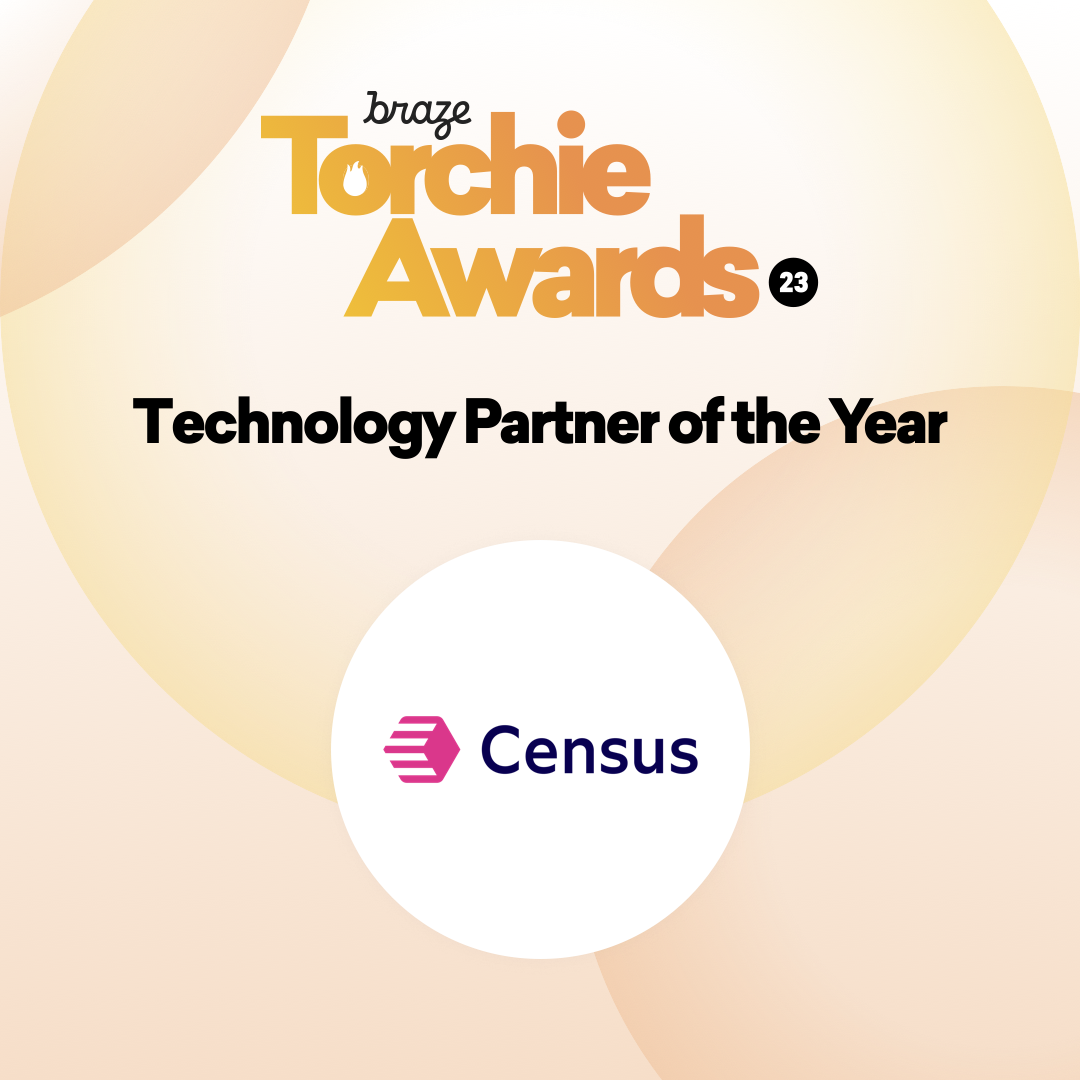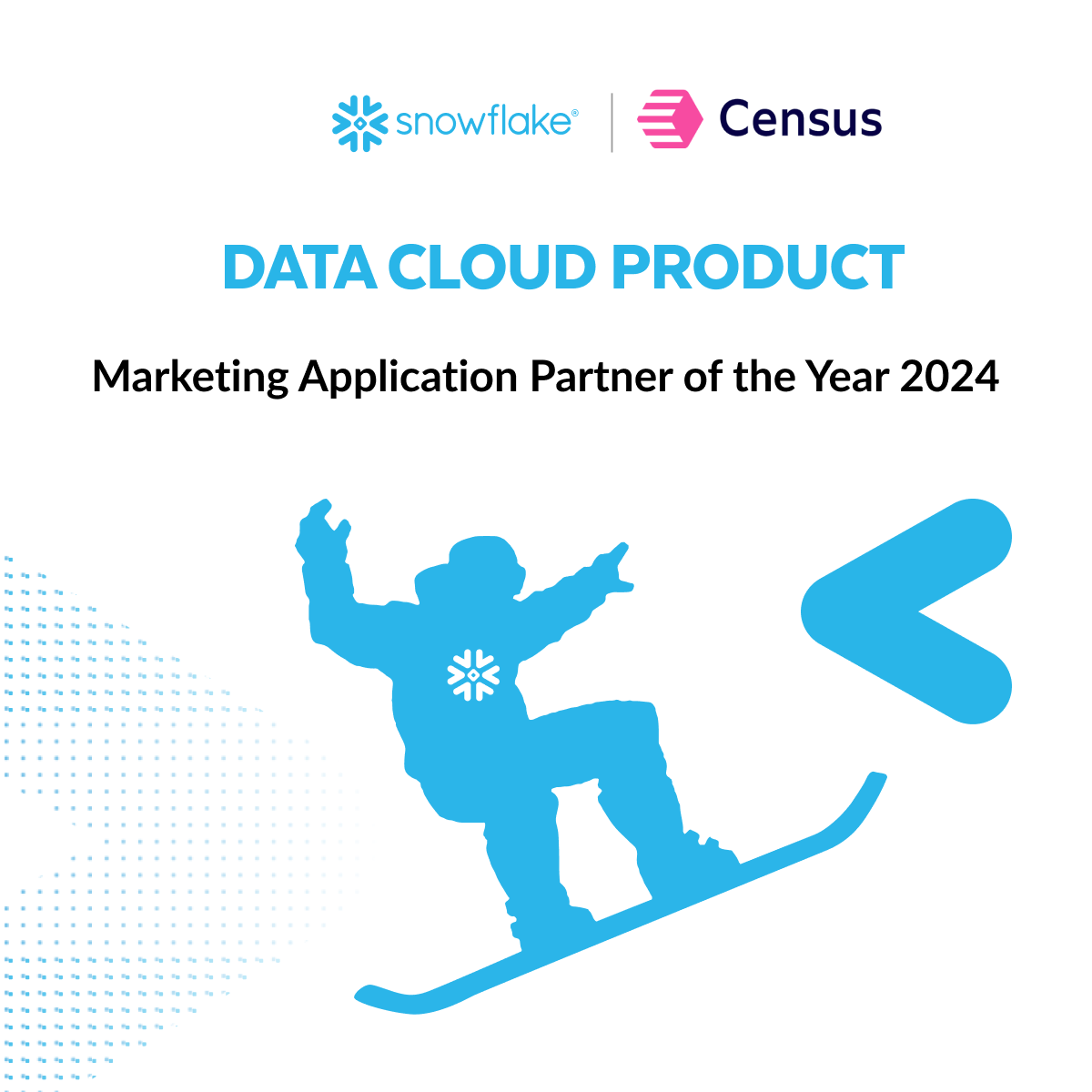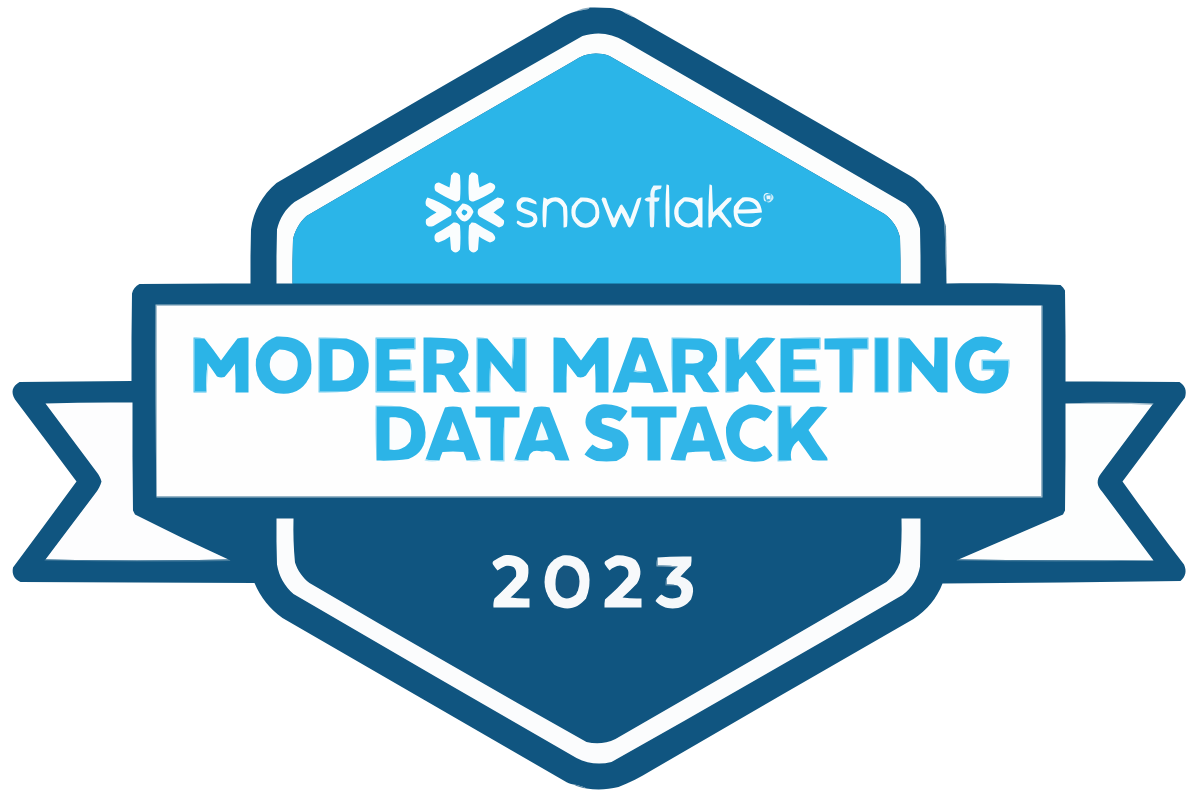- Platform
-
Integrations
-
Popular Sources
-
Popular Destinations
chevron_leftbackIntegrations -
Popular Sources
-
Solutions
-
By Team
-
By Industry
chevron_leftbackSolutions -
By Team
-
Customers
-
Data
-
Marketing
-
Engineering
chevron_leftbackCustomers -
Data
-
Resources
-
Blog
-
Playbook
-
Get Involved
chevron_leftbackResources -
Blog
- Pricing
menu Menu
close Close














































